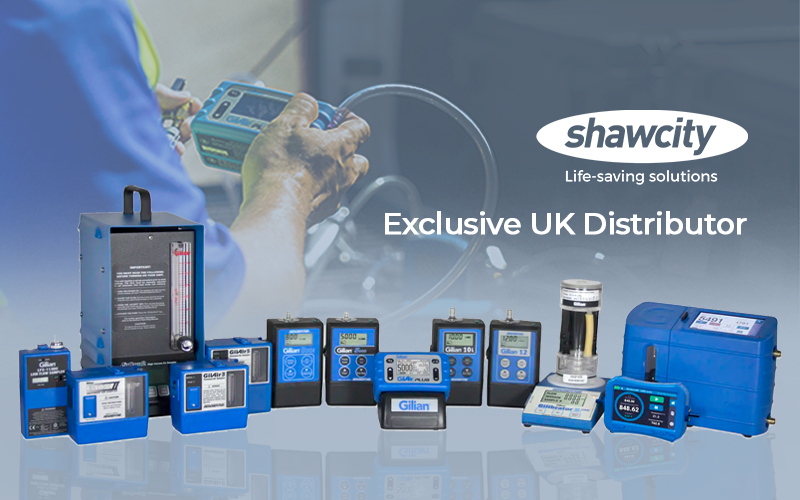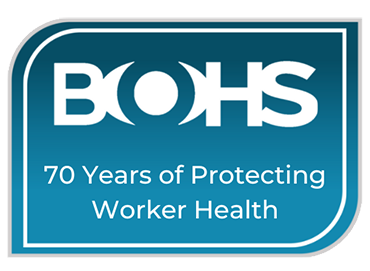After some coronavirus restrictions were removed in England and more recently in Wales and Scotland, it is important that employers continue to adapt their working environments to manage the risks posed by the coronavirus.
The HSE is continuing to conduct spot checks and inspections across Great Britain, ensuring measures are in place to keep both workers and customers safe and to reduce the transmission of COVID -19. Their latest advice on keeping workplaces safe helps employers assess the risks and continue to reduce transmission but also provides advice on sensible precautions and actions to take to manage risk and support staff.
Three key workplace controls remain unchanged but must be reviewed and updated on risk assessments, these are:
Sufficient cleaning
As we all know, increased and thorough cleaning regimes will help reduce COVID-19 transmissions. Frequently cleaning doors, bannisters, buttons and high-volume touch points will also instil employee and customer confidence when entering a business.
Good hand hygiene Additional hand washing facilities and hand sanitising stations will encourage use, again reducing any transmission within a business.
Adequate ventilation
Natural fresh air or mechanical ventilation from fans and ducts bringing in fresh air from outside reduces aerosol transmission of COVID-19. The virus can build up in badly ventilated areas including vehicles increasing the risk of infection.
Using carbon dioxide CO₂ monitors
People exhale carbon dioxide (CO₂) when they breathe out. If there is a build-up of CO₂ in an area it can indicate that ventilation needs improving.
Although CO₂ levels are not a direct measure of possible exposure to COVID-19, checking levels using a monitor can help you identify poorly ventilated areas highlighting the need to provide solutions, like opening a window, adding a vent or duct.
How to use a CO₂ monitor
There are many variables to be aware of when taking CO₂ measurements. Changes in numbers of occupants, activities, doors and windows being open or closed can all have an effect on readings.
CO₂ in the air is measured in parts per million (ppm). If measurements in an occupied space seem very low (below 400ppm) or very high (over 1500ppm), it’s possible the monitor is in the wrong location and it should be moved to another location to get a more accurate reading. It is advised to position monitors at head height and at least 50cm from peoples breathing zones to avoid misleading high readings.
It is advised to take several frequent, measurements throughout the day to calculate an average value of normal use for the occupied space. It is beneficial to repeat CO₂ monitoring at different times of the year in relation to seasonal changes and temperatures as worker behaviour relating to opening windows and doors will affect ventilation.
Interpreting results
CO₂ measurements should be used as a broad guide to ventilation within a space rather than treating them as ‘safe thresholds’.
A consistent CO₂ value of less than 800ppm is likely to indicate a space is well ventilated. An average of 1500ppm CO₂ concentration over the occupied period of a space is an indicator of poor ventilation. You should take action to improve ventilation where CO₂ readings are consistently higher than 1500ppm.
However, where there is continuous talking or singing, or high levels of physical activity (such as dancing, playing sport or exercising), providing ventilation sufficient to keep CO₂ levels below 800ppm is recommended.
CO₂ monitoring solutions available from Shawcity
Our extensive portfolio of CO₂ monitors can offer solutions for all applications.
The comprehensive EVM range of indoor air quality monitors simultaneously measures particulates, gas concentration and VOCs in real-time. Fitted with a CO₂ sensor, the EVM draws air samples for gravimetric analysis and displays ppm readings on the large LED screen.
MultiRAE offers the flexibility to monitor up to 6 gases including CO₂. Delivering real time information with the option to have wireless connectivity, this instrument displays readings and alarm status from any location. Easy operation and up to 18 hours battery life allows for complete portability.
Another portable device is the personal BW Solo single gas detector. Small, lightweight and suitable for years of reliable service, the BW Solo offers wireless and real time CO₂ monitoring.
Finally, the new, cost-effective Honeywell Transmission Risk Air Monitor (HTRAM) has been specifically designed to analyse air quality conditions and alert the user when air conditions are present that may increase the risk of exposure to airborne viral transmission in an indoor area.
These CO₂ monitors are available to hire or purchase from Shawcity.
To discuss you’re monitoring requirements or to request a demonstration contact the team on 01367 899419.
.png)
-1.png)









